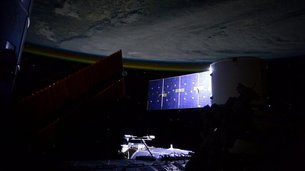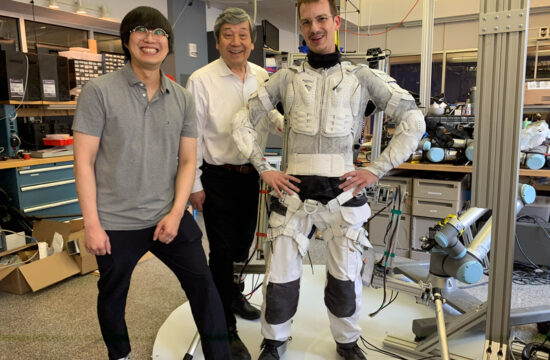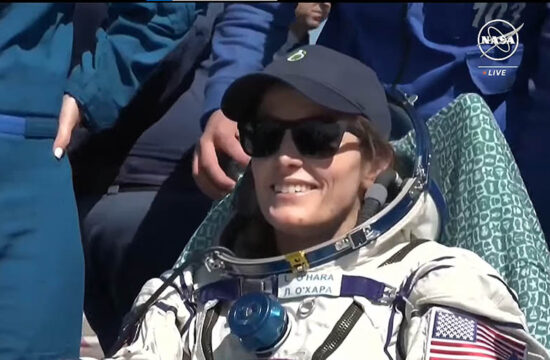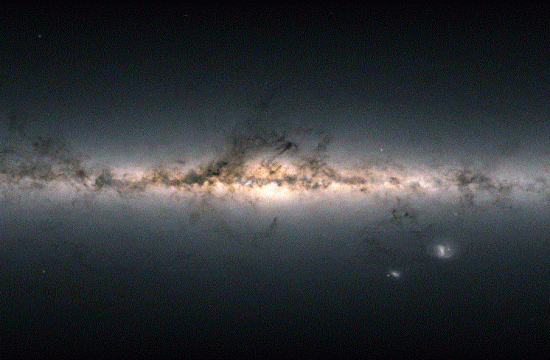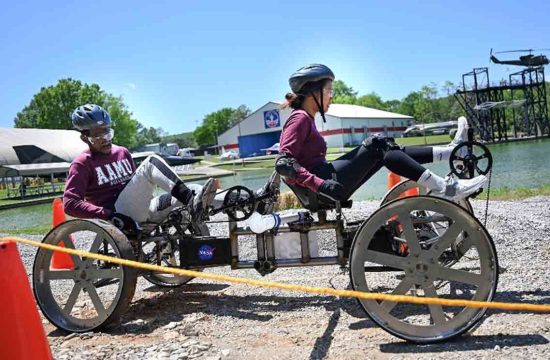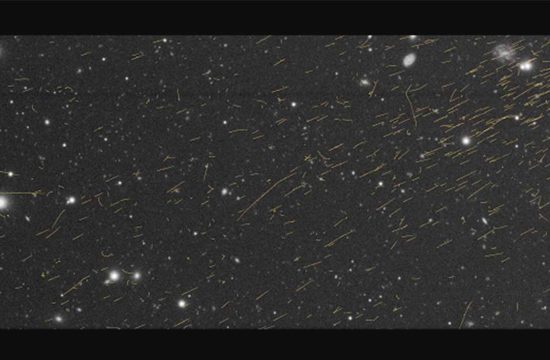
ESA astronaut Samantha Cristoforetti and NASA astronaut Butch Wilmore captured the Dragon spacecraft on 13 January 2015 with its supplies and new experiments for the six astronauts living 400 km above our planet.
Science against the clock

One of the first experiments to be unloaded requires speedy action from the crew. To understand how the immune system works at a molecular level, researchers have sent up human immune cells on Dragon. The cells have been extracted from fresh human blood – and they survive only 120 hours once outside it.
Once inside the 37°C incubator, the immune cells will be activated to provoke an immune response before being frozen for analysis back on Earth. The international team of scientists conducted multiple rehearsals last year to perfect these important steps.
Science sequence part one

Other arrivals on Dragon include immune cells from the common blue mussel. This first in a series of Triplelux experiments is probing why immune systems function less well in space.
By simulating an infection in immune cells from different sources – mussels, rats and bacteria – and exposing them to weightlessness, normal gravity on Earth and simulated gravity in space, researchers hope to pinpoint whether it is microgravity, radiation or a combination of factors that affect immune systems during spaceflight.


